Pop quiz! What are the two legal documents that govern your company’s qualified retirement plan? It may not be a question that keeps you up at night, but it’s one that can trip up employers that sponsor such a plan. The answer, of course, is: 1) an underlying plan document (UPD) and 2) a summary plan description (SPD). But here’s an even scarier question — what if these two documents don’t completely agree with each other?
A key distinction
UPDs contain the legal language setting up your retirement plan, providing the rules that govern the terms and conditions under which the plan operates. Your UPD must be in writing and contain all the information required by the Employee Retirement Income Security Act (ERISA). SPDs, meanwhile, describe the rights, benefits and responsibilities of participants and beneficiaries in ERISA-covered plans in “layman’s” terms. You must issue an SPD to each participant, and Department of Labor and IRS regulations require specific content.
Legal entanglements
When the two documents materially conflict, the employer sponsoring the plan may wind up in court. Some courts favor the SPD, while others favor the UPD. Most often, the document that provides the greatest benefit to participants will win out. Obviously, you’d like to avoid any and all legal entanglements regarding your plan documents well before a judge gets involved. So you should regularly review your SPD to ensure the terms are consistent with terms used in the UPD, and that the plan offers what was intended under the UPD. Make sure your SPD is up to date with new legislation and existing laws, too. If you’re just launching a retirement plan, consider hiring employee benefits professionals to draft your SPD. Review the documents and discuss any wanted or unwanted provisions. A carelessly drafted SPD can result in multiple problems for plan sponsors, including funding benefits that were never intended.
Domino effect
Mismatched plan documents can trigger a domino effect that can be costly. Mistakes made from following such documents can result in violations, fines and penalties. Please contact Diane Nesbit for a full review of your plan documents. © 2017



.png)



